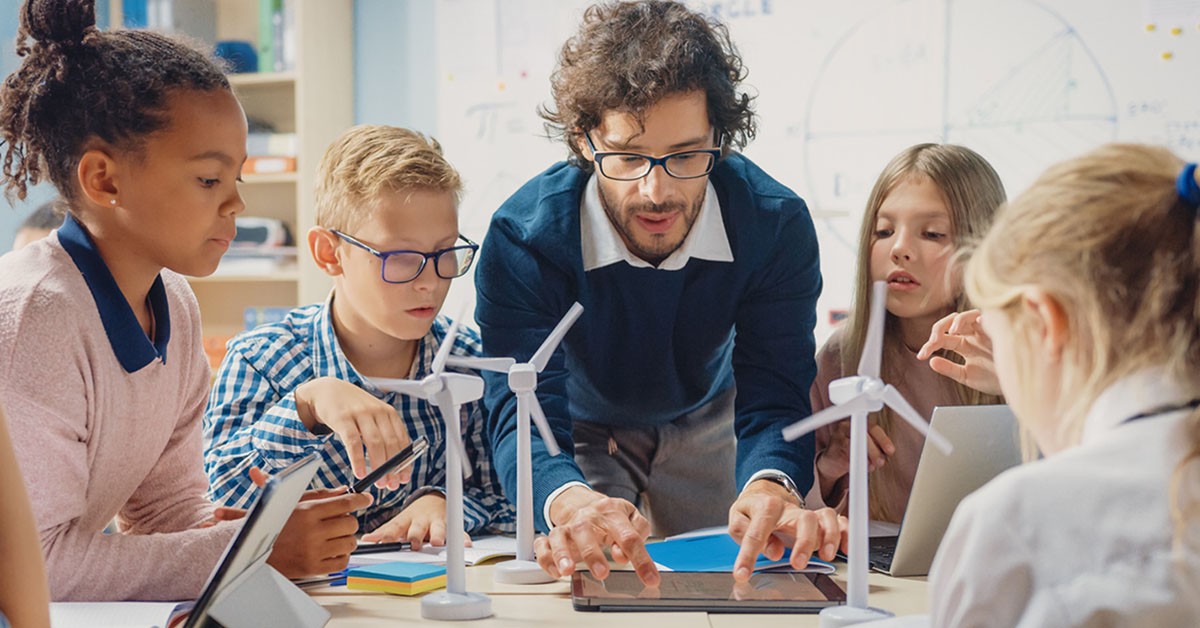The world is changing at an unprecedented pace, and so is the way we learn. In the 21st century, traditional educational methods are undergoing a profound transformation. Language Immersion and educational institutions are embracing new technologies, innovative teaching methods, and a shift in priorities to prepare students for a rapidly evolving world. In this blog, we will explore the key trends shaping the future of learning, from personalized education to the integration of technology and the importance of soft skills.
- Personalized Learning
One of the most significant trends in 21st-century education is the move toward personalized learning. This approach recognizes that every student is unique and learns at their own pace. Personalized learning leverages technology to tailor educational content to individual students’ needs, abilities, and interests. Adaptive learning platforms and data-driven insights enable educators to provide a more customized educational experience. This not only enhances student engagement but also promotes deeper understanding and retention of knowledge.
- Blended Learning
Blended learning combines traditional classroom instruction with online resources and digital tools. This trend has gained prominence in recent years, especially with the COVID-19 pandemic accelerating the adoption of remote and hybrid learning models. Blended learning offers flexibility, allowing students to access materials and participate in discussions online while still benefiting from face-to-face interactions with teachers and peers. This approach fosters self-directed learning and prepares students for a technology-driven world.
- Project-Based Learning (PBL)
Project-based learning is an instructional approach that immerses students in real-world problems or challenges. Instead of rote memorization, students actively engage in projects that require critical thinking, collaboration, and problem-solving skills. PBL promotes a deeper understanding of subjects and prepares students for the complexities of the modern workforce. It also encourages creativity and innovation, which are essential skills in today’s knowledge-based economy.
- STEAM Education
Science, Technology, Engineering, Arts, and Mathematics (STEAM) education emphasizes interdisciplinary learning. It encourages students to explore connections between different subjects and apply knowledge in practical ways. STEAM programs foster creativity, critical thinking, and the ability to tackle complex problems. In a world where technology and innovation drive progress, STEAM education is crucial for preparing students for future careers.
- Emphasis on Soft Skills
In addition to academic knowledge, there is growing recognition of the importance of soft skills in the 21st century. Soft skills such as communication, teamwork, adaptability, and emotional intelligence are highly valued by employers. Schools are placing greater emphasis on developing these skills through extracurricular activities, character education programs, and project-based learning experiences. Educators understand that equipping students with these skills is essential for success in a rapidly changing job market.
- Technology Integration
The integration of technology into the classroom has become ubiquitous. From interactive whiteboards to virtual reality simulations, technology enhances the learning experience in various ways. It provides access to vast resources, facilitates communication and collaboration, and allows for personalized learning experiences. However, it also raises important questions about digital literacy, online safety, and equitable access to technology, which educators and policymakers must address.
- Globalization and Cultural Competence
Globalization has made the world more interconnected than ever before. Schools are increasingly focused on fostering cultural competence and global awareness among students. This includes promoting diversity, equity, and inclusion, as well as providing opportunities for international exchanges and collaborations. Developing a global perspective is essential for preparing students to navigate a diverse and interconnected world.
Conclusion
The future of learning is evolving to meet the demands of a rapidly changing world. Personalized learning, blended learning, project-based learning, STEAM education, soft skills development, technology integration, and cultural competence are just a few of the trends shaping schools in the 21st century. To prepare students for success in the modern world, educators and institutions must adapt to these trends and continue to innovate in their approach to education. The future belongs to those who can learn, adapt, and thrive in an ever-evolving landscape, and these trends are helping to pave the way.
